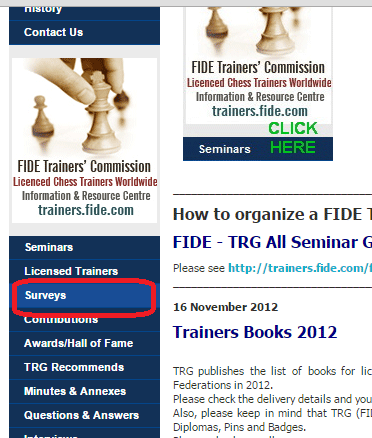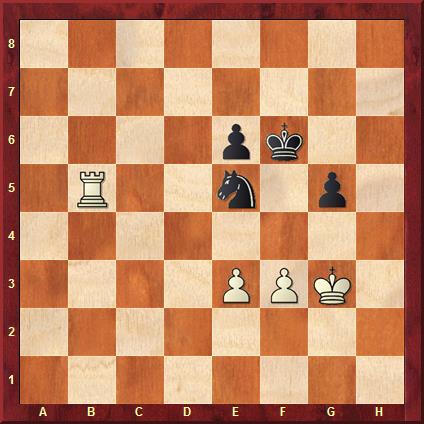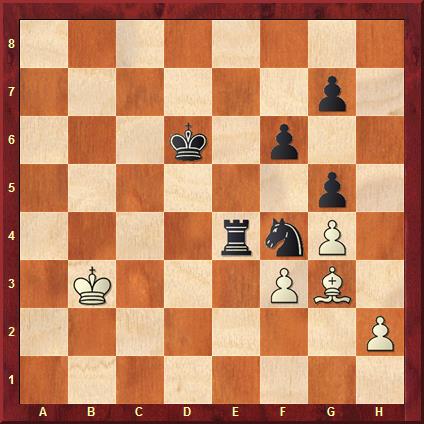


When opening the FIDE Trainer's site, unless you are specifically seeking information on a chess teacher, or the steps required to receive accreditation as one, you might easily just take a quick look around, and miss one of its most attractive features for all chess players, whether a teacher or a student.

Beyond the main purpose of the site, standardizing chess instruction, is a secret treasure
On the left is a menu of subsections of the site, among which is one called Surveys. The word survey is a very flexible word in English, and it could just as easily represent a variety of statistics on players, countries, or federations. In this case, it turns out to be an large archive of lectures in PDF that were written by diverse grandmasters, and provided for others to use as teaching material or for students to just enjoy.

On the FIDE Trainer's page, click on Surveys to go to the list of articles
While attractive sounding, you might ask yourself what sort of material can you expect to find. The authors are all top trainers and grandmaster discussing topics that range from psychology to technique, openings, endgame, and more.
Here is a list of the articles and authors published in 2015 alone, available for perusal:
FIDE TRG Trainers' Surveys 2015:
| 2015.01.23 | Efstratios Grivas: | Rook & Knight vs Rook |
| 2015.01.23 | Alonso Zapata: | Removing the Defender! |
| 2015.02.26 | Adrian Mikhalchishin: | Capablanca's method of realization |
| 2015.02.26 | Reynaldo Vera: | Time Trouble |
| 2015.03.31 | Georg Mohr: | Mobile center - the typical pawn structure d4 + e4 : e6 |
| 2015.03.31 | Michael Khodarkovsky: | Tribute to Efim Geller |
| 2015.04.25 | Vereslav Eingorn: | Knight endings and Pawn endings: the difference |
| 2015.04.25 | Efstratios Grivas: | The Hungarian Knight-Tour |
| 2015.05.29 | Alexander Beliavsky: | Modern Reti |
| 2015.05.29 | Jeroen Bosch: | The Transfer into the Pawn Ending |
| 2015.06.30 | Sam Palatnik: | Chess GPS |
| 2015.06.30 | Spyridon Skembris: | Inspiration from the Classics |
| 2015.07.24 | Adrian Mikhalchishin: | Triangle central setup |
| 2015.07.24 | Susan Polgar: | Move forward! |
As a taster, we republish an excerpt from an article by Adrian Mikhalchishin with kind permission from FIDE.
by Adrian Mikhalchishin
Realization is a very important part of the game, in which juniors usually experience many technical problems. The great Capa was one of the finest players in the history of the game. His games are extraordinarily instructive and he left a few very important and simple tips for the following generations. He taught that to realize the extra exchange in the simplest way, you should try to sacrifice it back, winning a pawn. The realization of the extra pawn is usually much easier than the realization of the extra exchange. Let us see how this method was used in practice. And we can start, naturally with the game of the author of these rules.
Capablanca - Janowski, 1916

It seems that the black knight on d5 and the pawn for the exchange are able to keep a strong blockade, but White is able to destroy it.

Przepiorka - Gruenfeld, 1925

With the extra exchange, according to the great Capablanca, the most natural way to win is to sacrifice the exchange back, winning a pawn. However, first one must prepare the conversion to the correct pawn endgame.

Reshevsky - Smyslov, 1945

The bishop pair and its control of all squares around looks unbreakable, but with the exchange sacrifice Smyslov exploits the white king's distance from the kingside.

Lombardy - Fischer, 1960

Fischer has the exchange for a pawn, but the best way to win is to return the rook.

To read the rest of the article, click HERE.
If you enjoyed Adrian Mikhalchishin's article, consider one of his numerous instructive DVDs such as the five-part Strategy University, Winning Structures (an excellent study of various pawn structures), and the 60-minute course Bishop against Knight, to name but a few.
About Adrian MikhalchishinBorn in 1954 in Lvov and a Grandmaster since 1978, is currently among the top 5 world trainers and the Chairman of the FIDE Trainers' Commission. The Ukrainian trained the team of USSR in 1980's, national teams of Slovenia, Poland and the Netherlands, and was the trainer of Anatoly Karpov (1980-1986), he trained Zsuzsa Polgar, Alexander Beliavsky, Maja Chiburdanidze, Arkadij Naiditsch and Vassily Ivanchuk. |